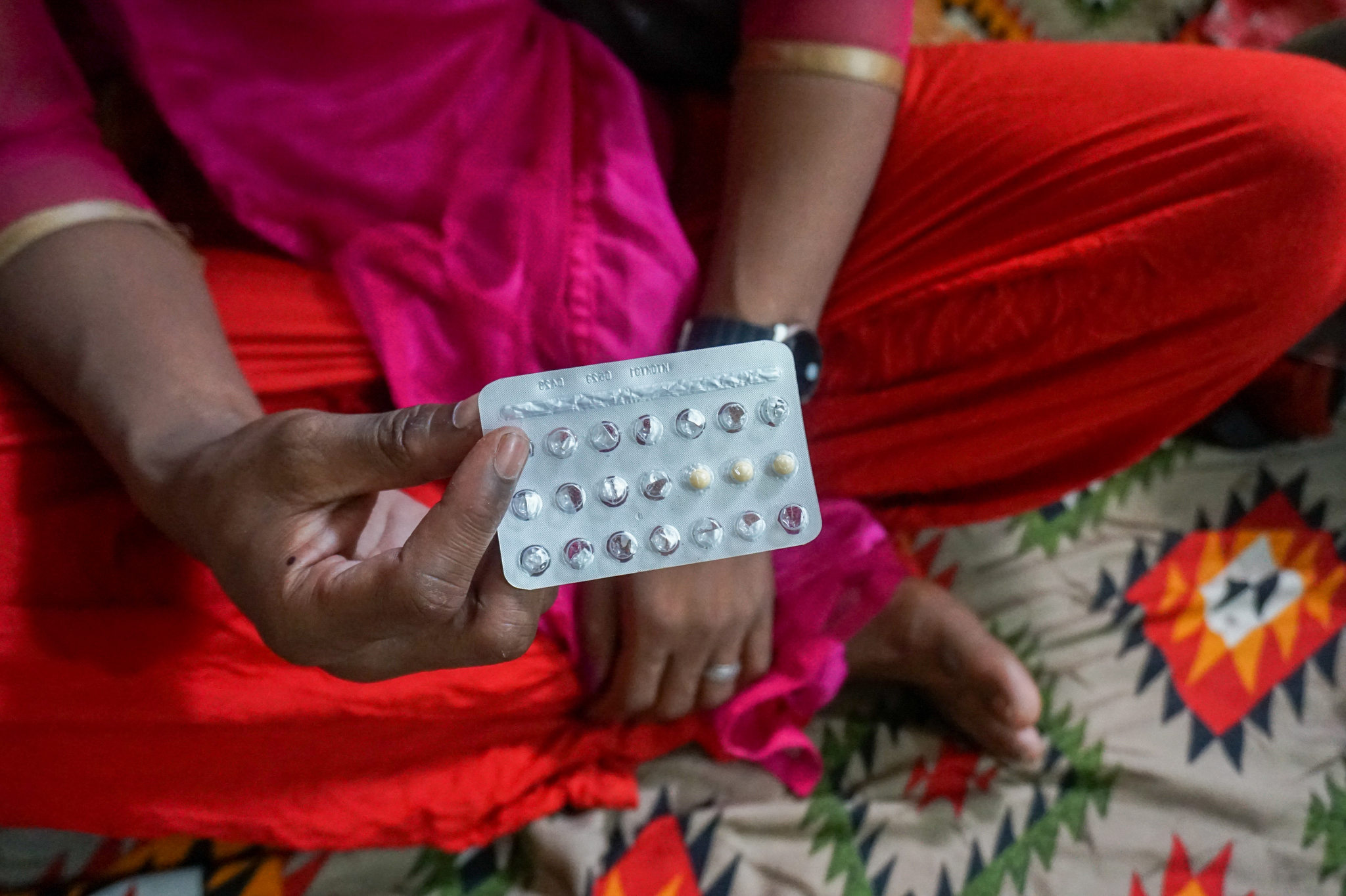Some hailed the case study, published in January, as a “breakthrough” for transgender families; others called it “dangerous” and “disturbing.” But if confirmed in wider studies, the regimen could represent a next major stage in transgender parenthood. Transgender men like Thomas Beatie, Trystan Reese and Kaci Sullivan have made headlines by giving birth. But breast-feeding for transgender women had not been officially documented.
Breast milk is considered the best form of nutrition for infants. Breast-fed babies have healthier immune systems, score higher on I.Q. tests and may be less prone to obesity than other babies. Advocacy campaigns have noted that the practice facilitates mother-child bonding, and saves families from spending money on infant formula. The World Health Organization, in setting new international bench marks for children’s growth, has said that breast-feeding is the biological norm.
But in the case published in Transgender Health, it is not known whether breast milk from this kind of induced lactation is equivalent to milk produced after giving birth by women who are not transgender.
Dr. Joshua D. Safer, medical director of transgender medicine and surgery at Boston Medical Center, called the study “a very big deal” and said he expected it to become very popular among transgender women.
“It’s out there on internet forums, but there’s a lot on the internet that’s true or untrue to varying degrees,” he said in an interview with the weekly magazine New Scientist. “It’s a very big deal to have this recorded in a reliable document.”
Others were skeptical about the study and what it could mean for transgender women.
“We all want to have the same experiences as women,” Maria Clifford, 38, a British transgender mother who has been using a surrogate to breast-feed her child, said on Thursday. “We need further testing and evidence to show that these drugs aren’t going to cause harm to the baby.”
“Breast milk is the most important product for the development of a child,” Ms. Clifford added. “We need to make sure it’s pure and hormone free.”
The transgender woman in the experiment — she, her partner and their hometowns were not identified — approached the medical professionals for hormonal medications in 2011 as part of transgender treatment. She had been receiving it for several years before she began breast-feeding, according to the study. She had not had gender-reassignment surgery nor breast augmentation.
She took on the responsibility of breast-feeding because her partner, who was five months pregnant when they approached the hospital, did not want to.
As part of the lactation treatment, the woman stimulated her chest using a breast pump. The study’s authors prescribed progesterone and estradiol, hormones that can influence lactation and that normally occur in pregnant women. They discussed with the couple using domperidone, an anti-nausea drug known to increase breast milk production.
The couple obtained it on their own in Canada, and Ms. Goldstein and Dr. Reisman advised them on the dosage. Though used in many countries, including in Britain, domperidone has been banned in the United States because of Food and Drug Administration concerns about its associations with cardiac arrest and sudden death.
Previous studies with transgender women have reported only the basic framework for what is known as nonpuerperal induced lactation, the process by which women are stimulated to lactate.
“There have been self-reported cases online of transgender woman trying to D.I.Y. regiments to induce breast-feeding, but this is the first case of induced functional lactation in academic literature,” Dr. Reisman was quoted in the journal as saying.
The study’s authors said that the woman was able to exclusively breast-feed the infant for six weeks. During that time, a pediatrician reported that the child’s growth, feeding and bowel habits were developing normally.
At six weeks, the woman began to supplement breast-feeding with a formula because of concerns about milk volume.
The woman’s hormone regimen was considered safe and similar to ones used on mothers who are unable to produce milk. But she continued to take the drug spironolactone, which blocks testosterone and “is excreted in human milk,” the study said.
The baby is now 6 months old, the study’s authors said. They wrote that it was unclear which parts of the regimen were most beneficial to producing milk.
Future areas of study include “the optimal dosing of estradiol, progesterone and galactogogues in inducing lactation, as well as the optimal frequency and duration of pump use,” they said.
Copy : www.nytimes.com











